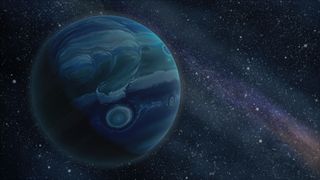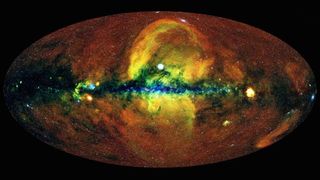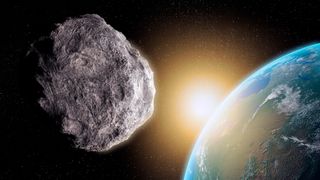Space news, features and articles
Explore Space
Editor's Picks
Latest about Space
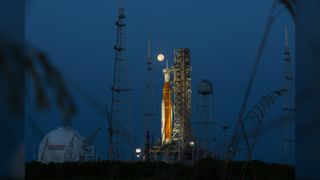
Artemis Program: NASA's plan to send humans back to the moon
By Adam Mann last updated
Basic information about the Artemis program's Space Launch System and Orion capsule.
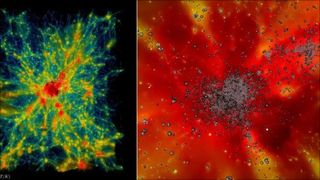
World's 2nd fastest supercomputer runs largest-ever simulation of the universe
By Keith Cooper published
The simulations will be used by astronomers to test the standard model of cosmology.

Best star projectors 2024: Bring the cosmos indoors
By Tantse Walter last updated
BUYING GUIDE The best star projectors bring the wonders of the cosmos into your home — find the best models here so you're ready for Amazon Prime Day.
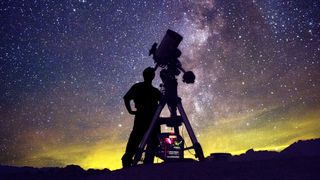
Best telescopes 2024: Observe galaxies, nebulas and planets
By Jase Parnell-Brookes last updated
The best telescopes offer an unparalleled view of the cosmos, and we've gathered our favorites just in time for Amazon Prime Big Deals Day.
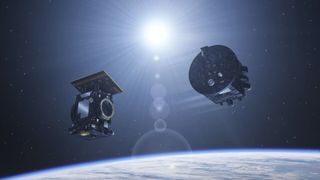
Europe launches twin spacecraft to make daily solar eclipses in space. Here's what to know about Proba-3.
By Harry Baker last updated
On Dec. 5, 2024 the European Space Agency's Proba-3 mission sent two spacecraft into orbit around Earth. By aligning the probes, researchers will create 6-hour-long mini eclipses, allowing the sun's atmosphere to be studied like never before.

Miniature black holes could be hollowing out planets and zipping through our bodies, new study claims
By Ben Turner published
An artist's illustration of primordial black holes.
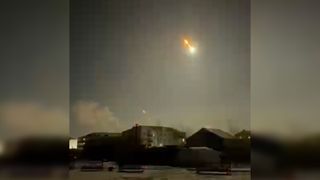
'Spectacular' asteroid blazes over Siberia just hours after it was detected
By Pandora Dewan published
Asteroid C0WEPC5 entered Earth's atmosphere at 1:15 a.m. local time on Dec. 4 over northeastern Siberia.
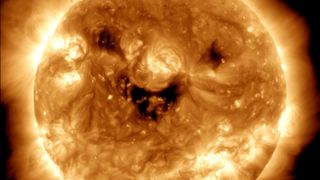
We are fast approaching the sun's 'battle zone' — and it could be even worse than solar maximum, experts warn
By Harry Baker published
Space weather experts warn that solar activity will persist or even increase after solar maximum has ended and we enter a phase of the solar cycle dubbed the "battle zone."
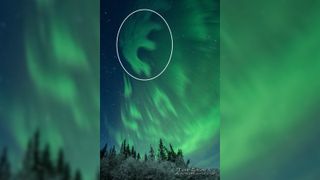
Extremely rare, black 'anti-auroras' paint luminous 'letter E' above Alaska
By Harry Baker published
A "bizarre" E-shaped aurora was recently photographed dancing in the sky above Alaska. The unusual light show was caused by rare black auroras, a.k.a. anti-auroras, which catapult charged particles from the sun back out of Earth's atmosphere and into space.
Sign up for the Live Science daily newsletter now
Get the world’s most fascinating discoveries delivered straight to your inbox.
